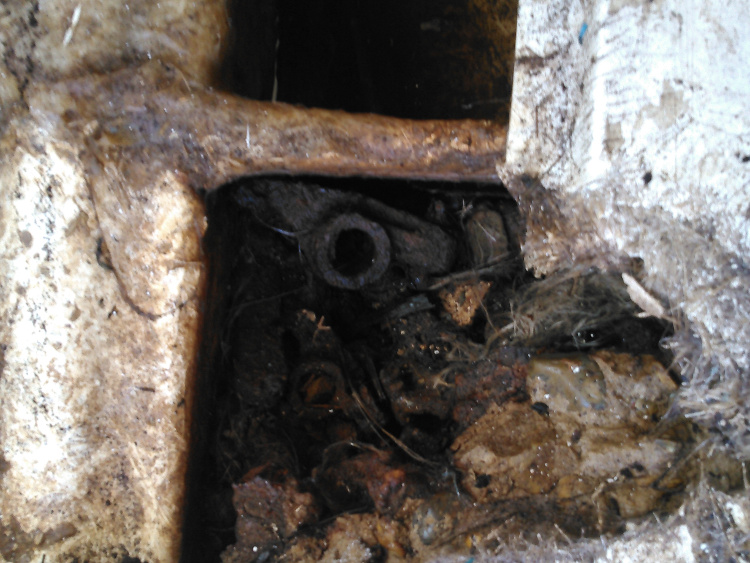Hi Brian,
You may have noticed that I created a folder for
Kirk in the "My Boat" area, but he never used it, so it seems more sensible to delete that folder and move the posts that I made on his behalf here, by way of further introduction to Tim's new acquisition.
=====
Kirk Ray invited me to kick off his reports
The Milo. Here's one of the images he sent me which shows how the ballast in the keel is "old British motor parts and concrete"!
I think he's right when he says "my registration says 1971". It's certainly an early example, with exposed concrete ballast, which the previous owner seems to have had a crack at fixing.
